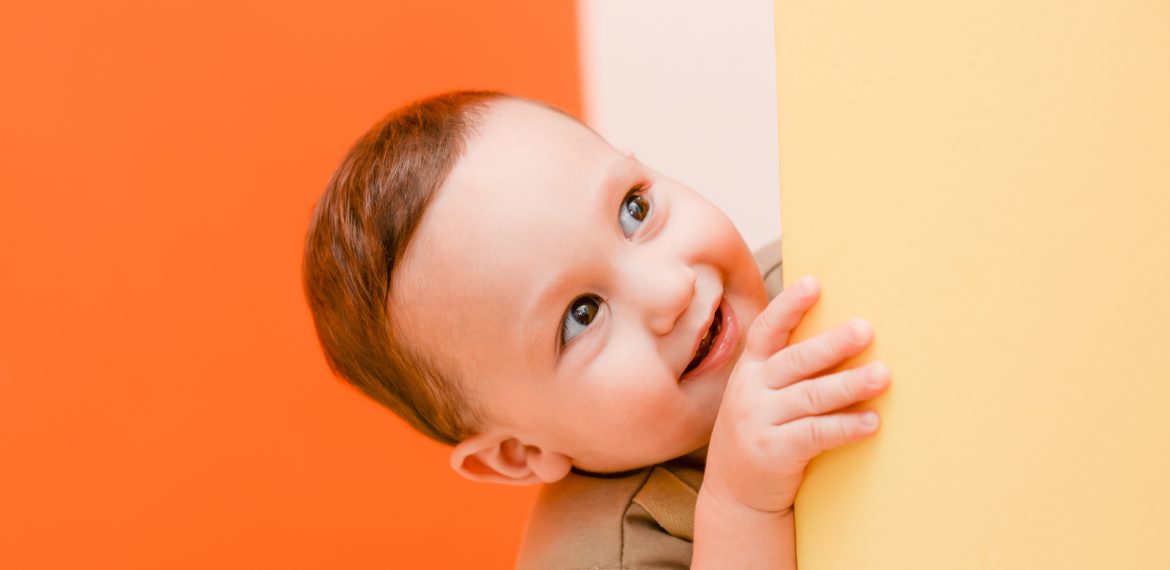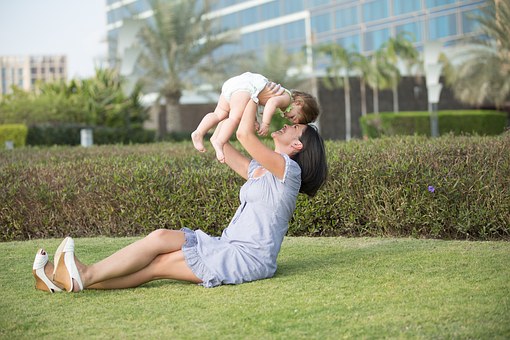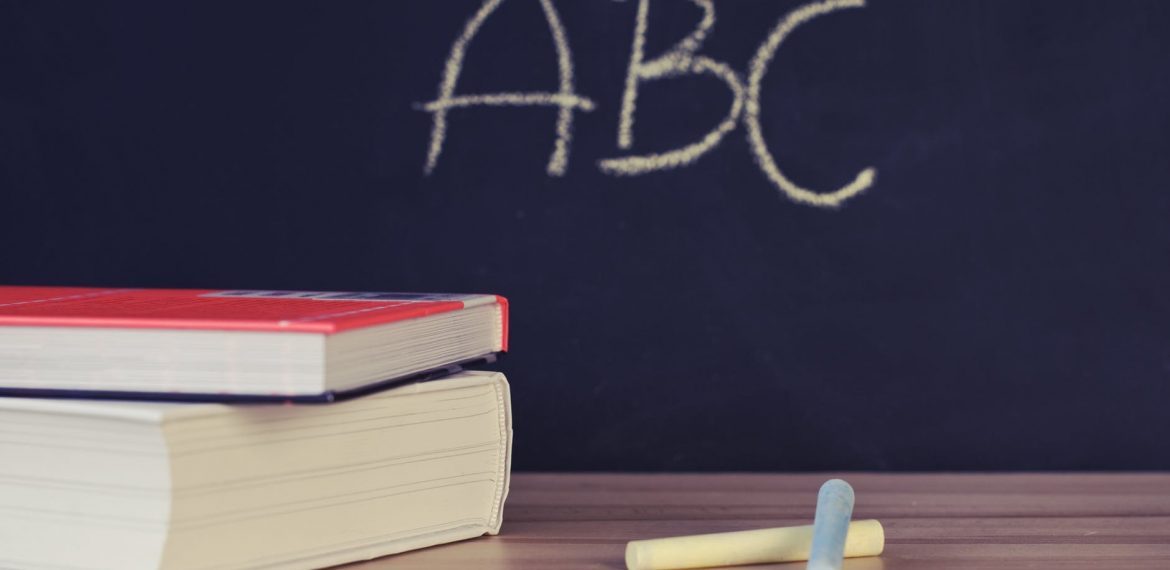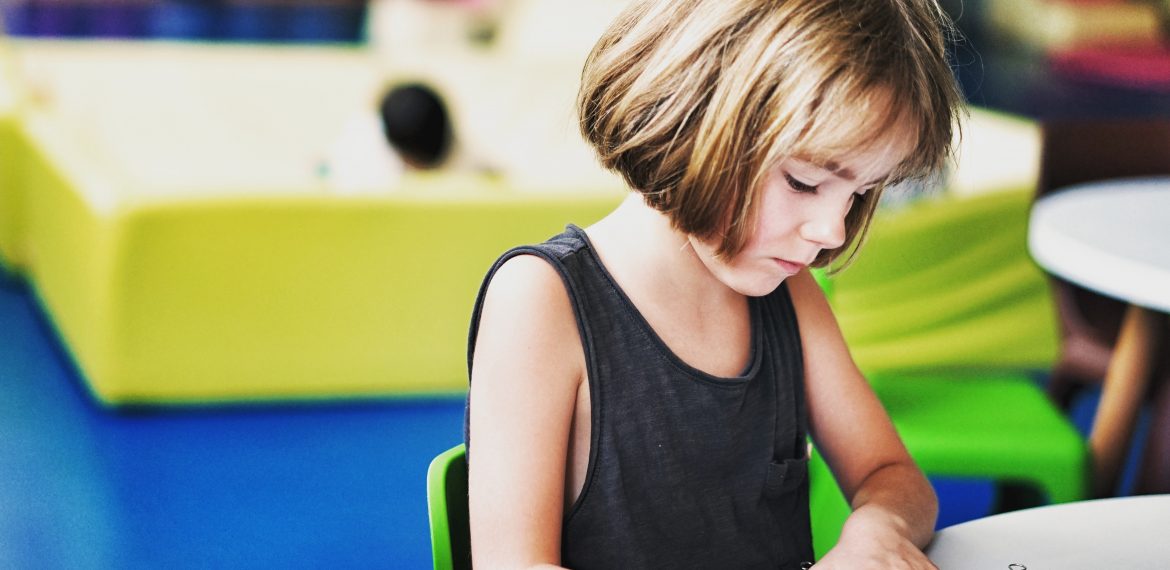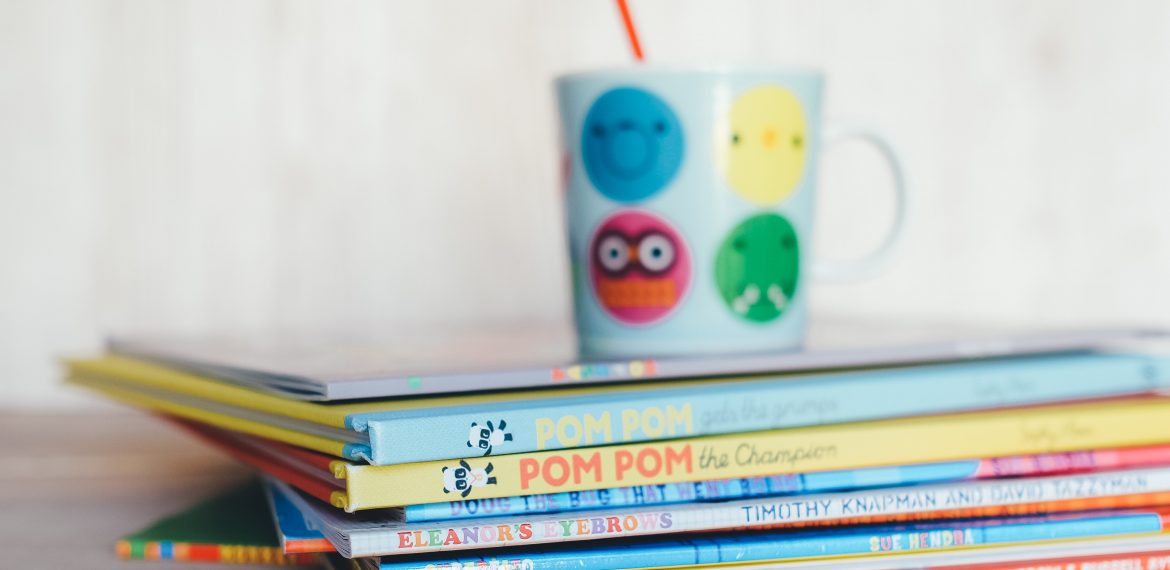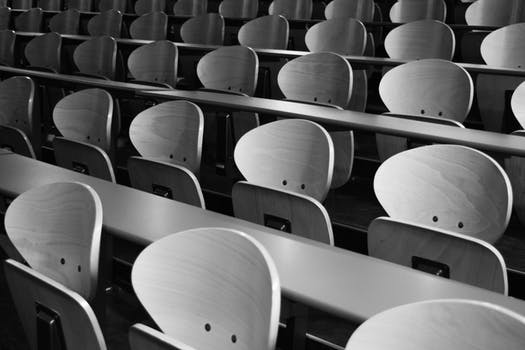Contents
Child Development
The understanding that objects still exist even when they are not visually available. Object permanence typically develops around twelve months of age in neurotypical children.
The relationship between the self, others, and an object. During infancy, the child will only perceive the object in terms of what they can do to it. As they age, objects begin to have greater importance in relation to other objects. Eventually, objects become a tool to measure spatial relationships
The observation of a child in a number of settings that are relatively familiar instead of in an unfamiliar or contrived setting. This might be done to observe how the child learns from experience, solves problems, and the level of activities that the child participates in on a regular basis.
When a child talks constantly while playing or working. They seem to be practicing the relationship between action, language, and thought.
The area of the brain that has a large capacity to store memories. Long-term memory varies significantly by age with increased capacity over time. This increased capacity to retain new information is thought to be the result of the abundance of material that is already stored and can be easily
The progression of a child from being regulated by others to being able to begin purposeful actions with other available people who provide limited amounts of support.
A strategy for memorizing new information wherein a child superimposes images of one or more stimuli so that the relationship between the images helps with recall.
When an individual maintains the same response to a stimulus that is given repeatedly.
The tendency to exercise schema whenever a particular situation arises. This behavior helps children to improve their behavior and extend it to other situations.
An assessment that examines the relationships with the child, family, and environment to strategize interventions that can improve or normalize those relationships.
